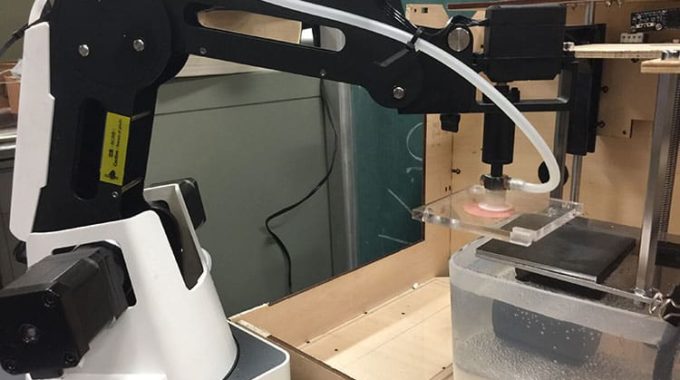
3D Printed Organs could be the Next Medical Milestone
With over 113,000 people currently on the national transplant list, there is always a shortage of donors. The calculations amount to about 20 people will dying every day while waiting for an organ, according to the U.S. Department of Health. Researchers at University of California, Berkeley have developed a device that may be key to the viability of bioprinting, an extension of 3D printing that allows living tissue, bone, blood vessels, and even whole organs to be printed on demand.
Since the process is relatively slow, to minimize cell death during the 3D printing of an organ, the Berkeley researchers developed a technique in which multiple printers produce 2D layers of tissues simultaneously. These 2D layers are then stacked layer-by-layer to form 3D structures. They then freeze each 2D layer immediately after it is merged into the 3D structure, and this process of freezing a single layer of cells provides optimal conditions for surviving the process of freezing, storage, and transportation.
Discover the pioneer within yourself. Click to know more about the Berkeley Executive Program in Management (Berkeley EPM)


















